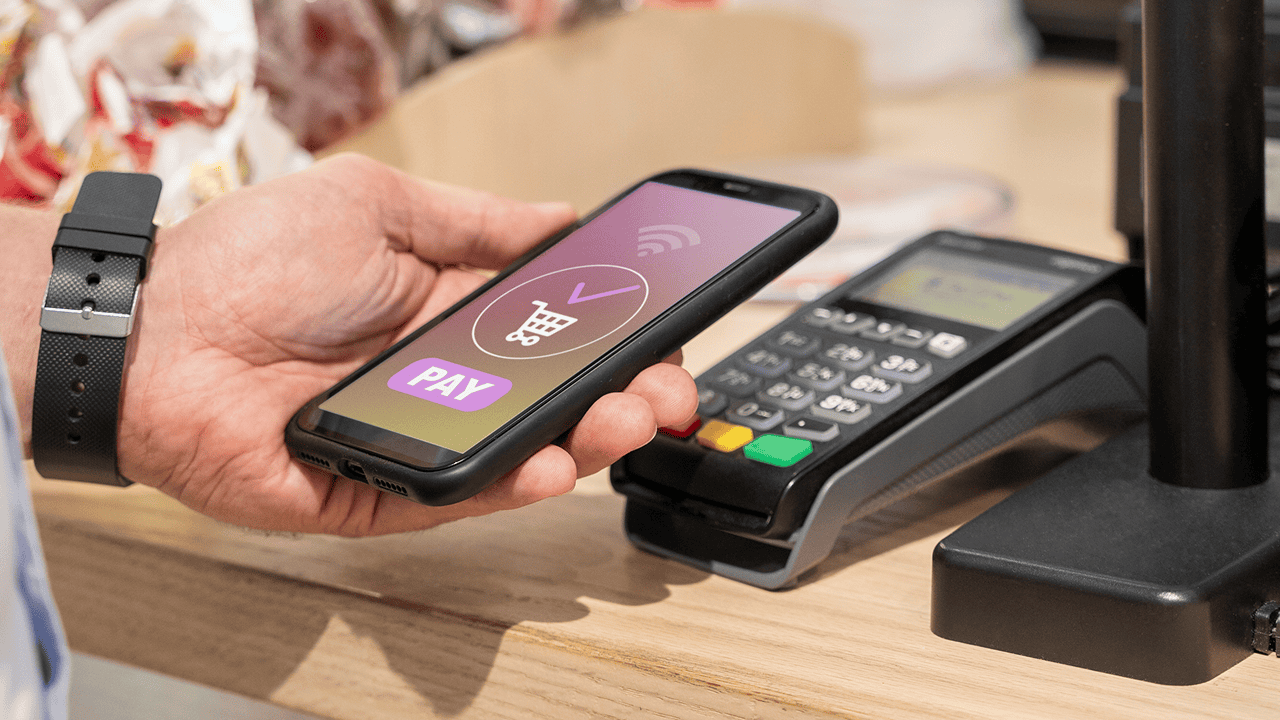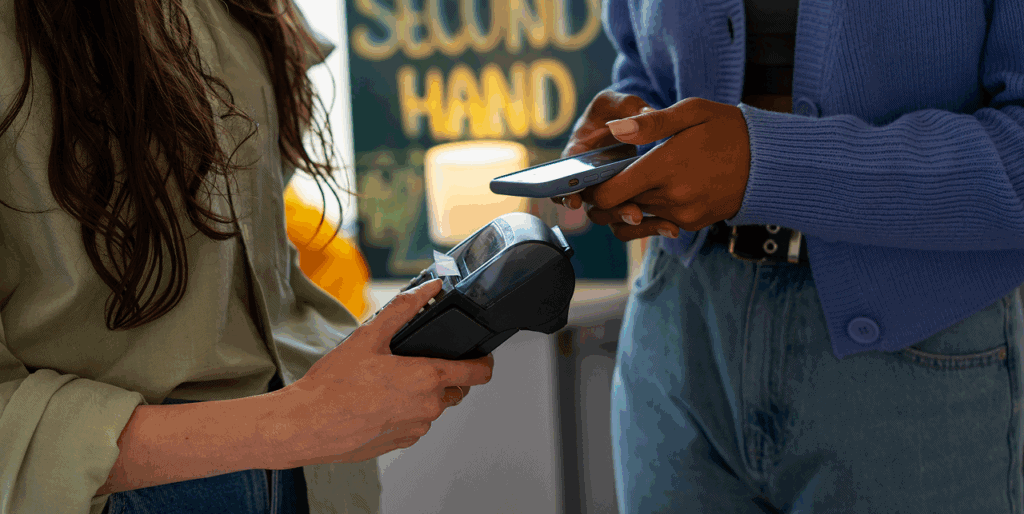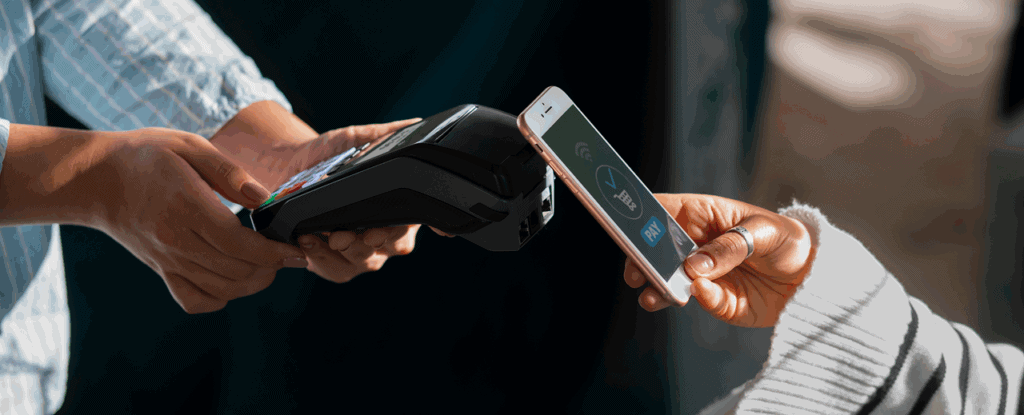
By Emelia Parsons July 10, 2025
Convenience stores, or C-stores, have always thrived on one core principle: speed. Customers rely on them for quick snacks, fuel, or essentials during a busy day. But over the past few years, the definition of “convenience” has evolved. Today’s shoppers not only expect a fast checkout experience but also demand safety, hygiene, and flexibility in how they pay. This shift has positioned contactless payments as a game-changing innovation for the C-store industry.
Whether tapping a phone, smartwatch, or contactless-enabled card, customers can now pay for their purchases in seconds. No PINs, no paper, no touching. As a result, C-store operators are seeing not only faster lines but also increased customer satisfaction, improved safety protocols, and reduced friction at the register.
Changing Customer Expectations in the Contactless Era
A few years ago, tapping your phone at a gas station terminal felt futuristic. Today, it’s expected. The pandemic accelerated a shift that was already underway: customers now prefer to avoid contact when possible. They value speed, but not at the cost of hygiene or security.

The Rise of Digital-First Preferences
With the adoption of mobile wallets like Apple Pay, Google Pay, and Samsung Pay, consumers are increasingly carrying their payment tools in their pockets or on their wrists. Studies show that contactless transactions have grown exponentially in retail environments since 2020. For C-stores, where volume and speed are critical, this shift is even more significant.
Customers now walk in expecting to grab what they need and walk out without pulling out a wallet. If your terminal still requires chip insertion or swiping, you might be creating friction where it’s least welcome.
Trust and Clean Transactions
The contactless experience goes beyond ease. It also aligns with public concerns around health and hygiene. No touching keypads or handing over cash reduces the risk of germ transmission. This added layer of safety builds trust, especially among customers who are health-conscious or prefer minimal interaction.
What Are Contactless Payments and How Do They Work?
Understanding the technology behind contactless payments can help C-store owners see why it’s both secure and efficient. At its core, contactless payment involves a transaction made by tapping a device or card near a point-of-sale terminal that uses near-field communication, or NFC.

The Basics of Tap-to-Pay Technology
When a customer taps their contactless card or device against a compatible terminal, the card and reader communicate using short-range radio signals. This exchange securely processes the payment in under two seconds. Unlike a magnetic stripe or chip, no physical contact is needed.
The transaction is encrypted and tokenized, meaning the customer’s actual card details are never shared with the merchant. This ensures not only a fast checkout but also one of the most secure forms of payment currently available.
Compatibility with Mobile Wallets
Most newer smartphones are equipped with NFC and can be loaded with major credit or debit cards. When paired with biometric authentication such as fingerprint or facial recognition, mobile wallets offer a level of security even greater than traditional cards.
For C-stores, ensuring compatibility with mobile wallets means staying relevant to a growing segment of digitally inclined customers.
How Contactless Payments Improve Checkout Speed
In a convenience store setting, every second counts. A long line at the register can cause frustration and even deter customers from returning. Contactless payments help reduce the time spent at the point of sale, resulting in faster service and better flow.

Reducing Wait Times
Traditional transactions involving cash, swiping cards, or inserting chips often take longer and require more steps. Cash transactions can be especially time-consuming, involving counting, change, and receipts. Contactless payments skip most of that. A quick tap and the transaction is complete, usually in two to three seconds.
When multiplied over dozens or hundreds of daily transactions, the time saved is significant. Shorter lines mean more throughput, which means higher daily revenue potential.
Improving Staff Efficiency
Cashiers can move customers through faster when they’re not dealing with cash or walking them through PIN screens. This allows more attention to be given to customer service or stocking, which ultimately improves the in-store experience.
For C-stores that run lean operations, contactless transactions provide an opportunity to maintain high throughput without increasing staffing levels.
Safety and Security Benefits for Customers and Businesses
Security remains a top concern for both consumers and business owners. Contactless payments have proven to be not only fast but among the most secure ways to process transactions.

Encryption and Tokenization
Each tap-to-pay transaction creates a unique code that cannot be reused. This makes stolen transaction data useless to fraudsters. The encryption and tokenization involved provide layers of security that surpass traditional methods.
Unlike magstripe cards, which can be cloned, contactless systems do not transmit actual card data. This minimizes the risk of data breaches or fraud, which is a growing concern in retail environments.
Reduced Cash Handling
Accepting less cash means fewer trips to the bank, fewer discrepancies during cash-outs, and reduced risk of internal theft. It also creates a safer environment for employees, especially in locations that operate late at night.
For customers, the lack of physical contact in the transaction adds peace of mind, particularly when they are in a hurry or using shared terminals like gas pumps.
Operational Benefits for C-Store Owners
Beyond the customer experience, contactless payments can offer several behind-the-scenes advantages for convenience store operators. These operational benefits can directly impact profitability and business agility.

Simplified Reconciliation and Accounting
Digital payments are easier to track and reconcile than cash or handwritten receipts. Many modern POS systems integrate with accounting tools, allowing sales data to be automatically categorized and reported.
This cuts down on administrative work, reduces the chance of human error, and gives store managers a clearer picture of their revenue and trends.
Fewer Hardware Failures and Lower Maintenance
Magstripe readers and chip slots are more prone to wear and mechanical failure. Since contactless terminals involve no physical insertion, they generally experience less wear and tear, resulting in lower maintenance costs over time.
Modern terminals also tend to come with updated software, which allows for better compatibility with loyalty programs, digital receipts, and other customer engagement tools.
Increased Customer Loyalty and Repeat Visits
Customer retention is critical for any retail business, and C-stores are no different. Offering fast, modern payment options creates a positive impression and increases the likelihood that customers will return.

Contactless Payments Enhance Brand Perception
Customers associate modern checkout options with forward-thinking businesses. They may not consciously consider the technology behind the scenes, but the smooth experience speaks volumes. In contrast, slow, outdated systems can frustrate tech-savvy shoppers.
By offering a contactless payment experience, C-store operators send a message: this store values your time and your safety.
Integration with Loyalty Programs
Many contactless-enabled POS systems allow for easy integration with digital loyalty and rewards programs. This helps personalize the shopping experience and gives customers more reasons to come back.
For example, offering a digital stamp card or fuel discount via an app that also supports mobile payments creates a unified, user-friendly experience.
Challenges and Considerations for C-Store Operators
While the benefits are clear, transitioning to a fully contactless system comes with its own set of challenges. However, most of these can be overcome with the right planning and investment.
Initial Setup Costs
Upgrading point-of-sale hardware to support contactless payments may require an upfront investment. However, many payment processors now offer terminals on a lease basis or as part of a bundled plan, which makes adoption more accessible for small and mid-sized businesses.
In most cases, the return on investment from increased efficiency and customer satisfaction quickly offsets the initial cost.
Training and Staff Readiness
Cashiers and store staff must be trained on how to assist customers using digital wallets or contactless cards. Although the technology is user-friendly, knowing how to troubleshoot basic issues and guide first-time users is essential for maintaining a smooth checkout experience.
Proper staff training also helps reduce transaction errors and boosts customer confidence.
Adapting to the Future of Retail Payments
The payment landscape is evolving quickly, and C-stores are uniquely positioned to take advantage of this transformation. The nature of convenience retail demands speed, and contactless payments deliver exactly that—along with added safety and modern appeal.
Omnichannel Opportunities in C-Stores
While in-store payments are the primary focus, many C-stores are expanding into digital channels, such as mobile ordering for curbside pickup. Contactless payments play a critical role in enabling this shift.
If your store also sells prepared foods, beverages, or car-related services, having a mobile-friendly checkout with contactless options can unlock new revenue streams.
Keeping Pace with Customer Preferences
Younger generations in particular expect mobile payment options. For Gen Z and millennials, tapping a phone or watch is second nature. These groups are also more likely to abandon a purchase if their preferred payment method is unavailable.
By staying current with consumer trends, C-store operators can future-proof their businesses and remain competitive in a crowded market.
Conclusion: A Tap into the Future of Convenience
The rise of contactless payments has brought new meaning to the term “convenience” in convenience stores. It’s no longer just about proximity or inventory. It’s about creating a checkout experience that is fast, secure, and effortless. From shorter lines and improved hygiene to better staff efficiency and more accurate reporting, the benefits are substantial. For C-store operators, adopting contactless payments isn’t just a tech upgrade—it’s a strategic move to meet the evolving expectations of their customers. As more people embrace tap-to-pay technology, C-stores that offer speed and safety through contactless systems will build stronger loyalty, attract repeat business, and maintain their place as go-to stops in everyday life.